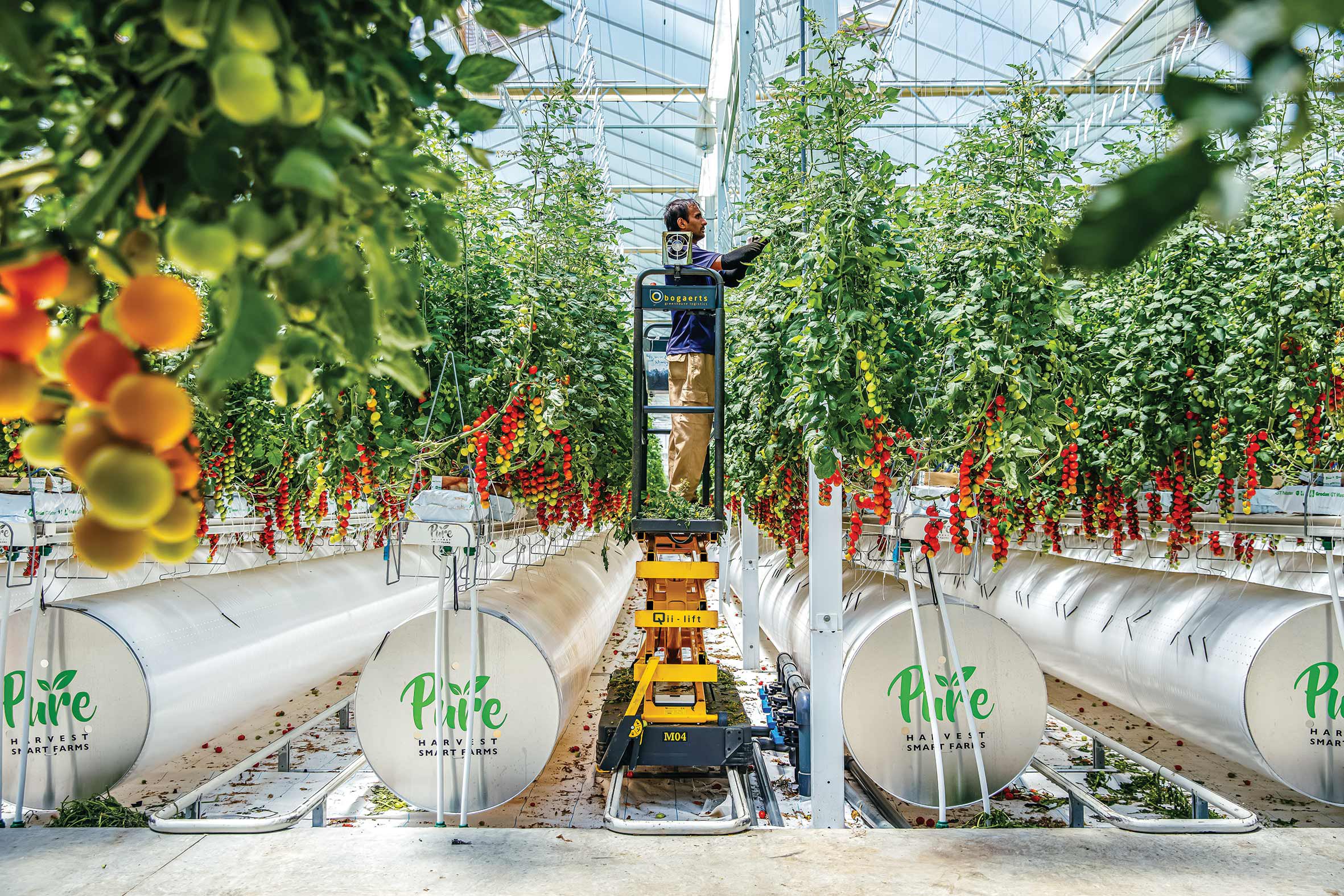When and why was Pure Harvest Smart Farms established?
Jan: The founders of Pure Harvest – Sky Kurtz, Mahmoud Adi and Robert Kupstas – were intrigued by the challenges being faced by the UAE such as food insecurity, water conservation, high prices of imported food and economical diversification. After doing a lot of research, they came to the conclusion that the solution lay in controlled environment agriculture. They realised it was a viable idea and that led to the creation of Pure Harvest Smart Farms’ first greenhouse in Nahel, which is spread across 6,500 square metres. We started production there in October 2018.
There is a second facility now as well. Tell us about both greenhouses.
Jan: The greenhouse in Nahel was built as our proof of concept. It was where we integrated several of the latest technologies in the world to see what gave us the best results. We’ve taken those findings and implemented them in our new facility in Al Ain. It covers 41,000 square metres, of which 30,000 square metres is dedicated to tomatoes and the rest will be used to grow leafy greens such as baby lettuce, baby spinach and arugula using a completely automated process.
How does this type of farming work?
Jan: Our controlled environment agriculture solution is truly a first in this region. Our high-tech, hybrid greenhouses are equipped with climate control systems, which allow us to manipulate the temperatures inside to maintain optimal growing conditions. The system also allows us to collect condensation water, which is reused, thereby reducing our dependence on groundwater and municipal water. This region is blessed with plenty of sunshine of which we take advantage to grow tastier produce with higher yields.
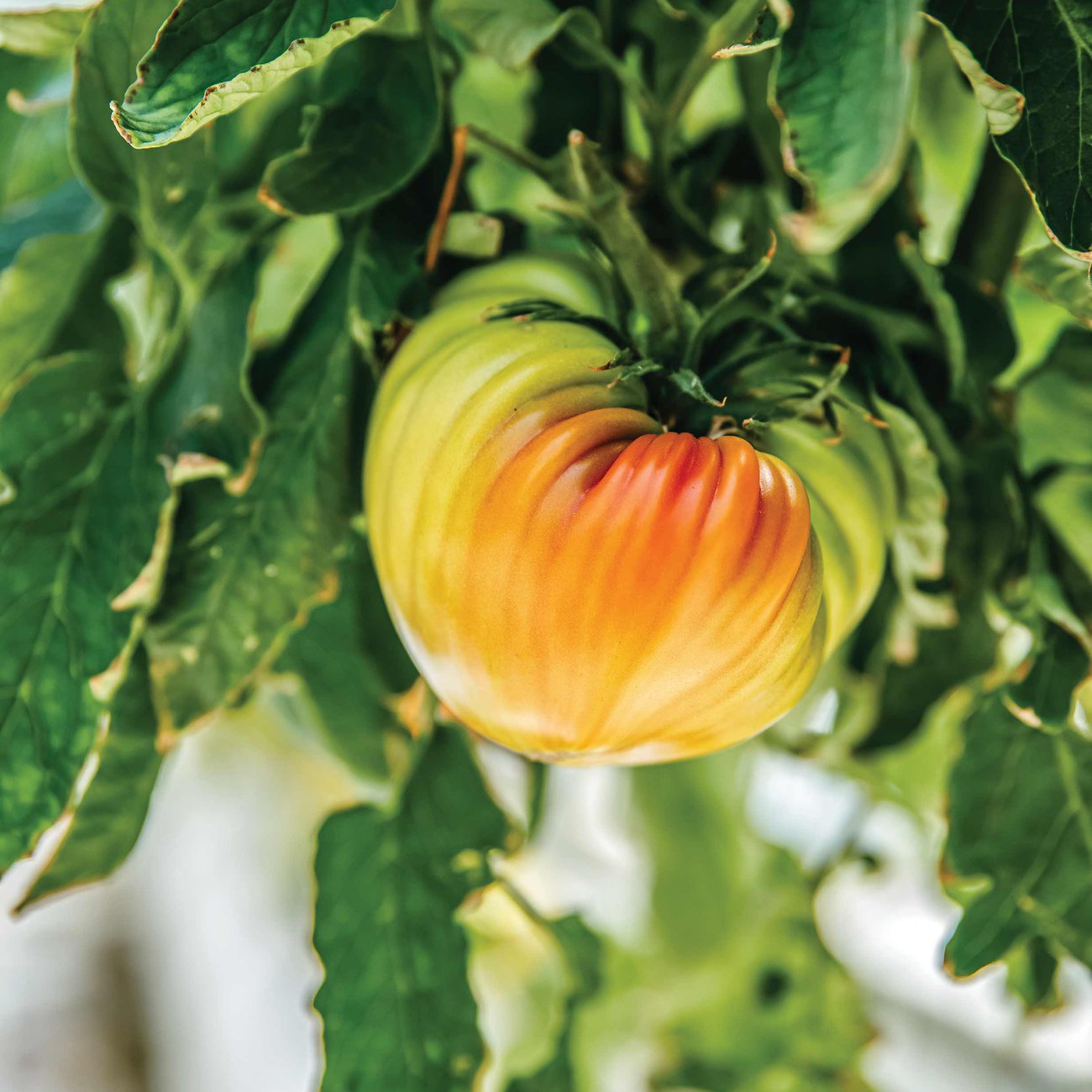
Heirloom tomatoes come in all shapes and sizes.
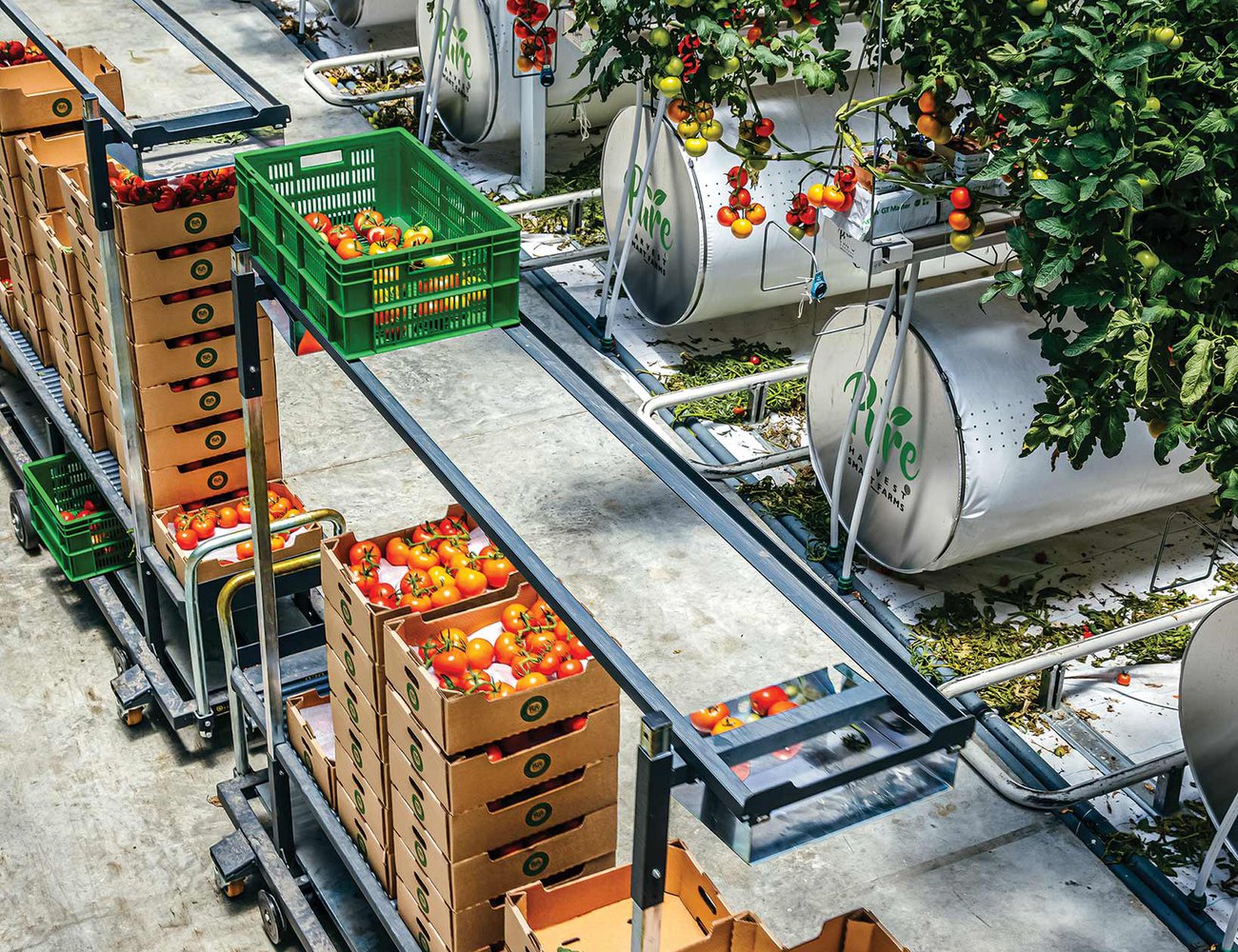
Tomatoes are harvested every day.
Do your growers undergo special training to work in these hi-tech greenhouses?
Jan: I have been in this industry for 35 years and I am still learning every day. We have to learn how to deal with the temperature, light and humidity levels of this region. Then we need to understand how to use the technology available to us to provide the plants with everything they need to grow.
How big is the team at the Al Ain facility?
Jan: We have four growers, including Salama who is the first female Emirati grower. We have a team of around 50 people at our new facility in Al Ain.
Salama, why did you want to be a grower?
Salama: I graduated from United Arab Emirates University with a major in horticulture. I completed an internship with the agricultural authority and after graduating, I started to grow my own products and crops at home. One day I was looking at Instagram and saw the Pure Harvest page. I was amazed by the sophisticated technology they were using to grow their own tomatoes. I contacted them and interviewed them. Since joining Pure Harvest, I have learnt a lot.

Why do you think Pure Harvest and this type of futuristic farming is important for the UAE?
Salama: The UAE government is encouraging and supportive of the agricultural sector. During the pandemic, there were a lot of demands for growing products in the UAE and reducing imports. Additionally, to raise the country’s food security, it’s better to have local products in the market. As you know, about 90 percent of food is imported but it’s nice to have food produced domestically. The sophisticated technology in this greenhouse enables us to grow whatever we want.
Where do you source seeds from?
Jan: We source many varieties from well-known seed companies in Europe and other places around the world. All these companies have their specialities. We did a lot of research and development in the first two years and tried several varieties of seeds. Based on that experience, we’ve selected seeds that perform the best in this climate in conjunction with our technology. Pure Harvest does not use GMO seeds.
What is the growing medium used?
Jan: The plants are grown in rockwool, which is made from volcanic stone. It is a type of insulation material that can accommodate the ideal balance of water and air, which is essential for the roots. We supply all the nutrients to the plants via a hydroponic system.
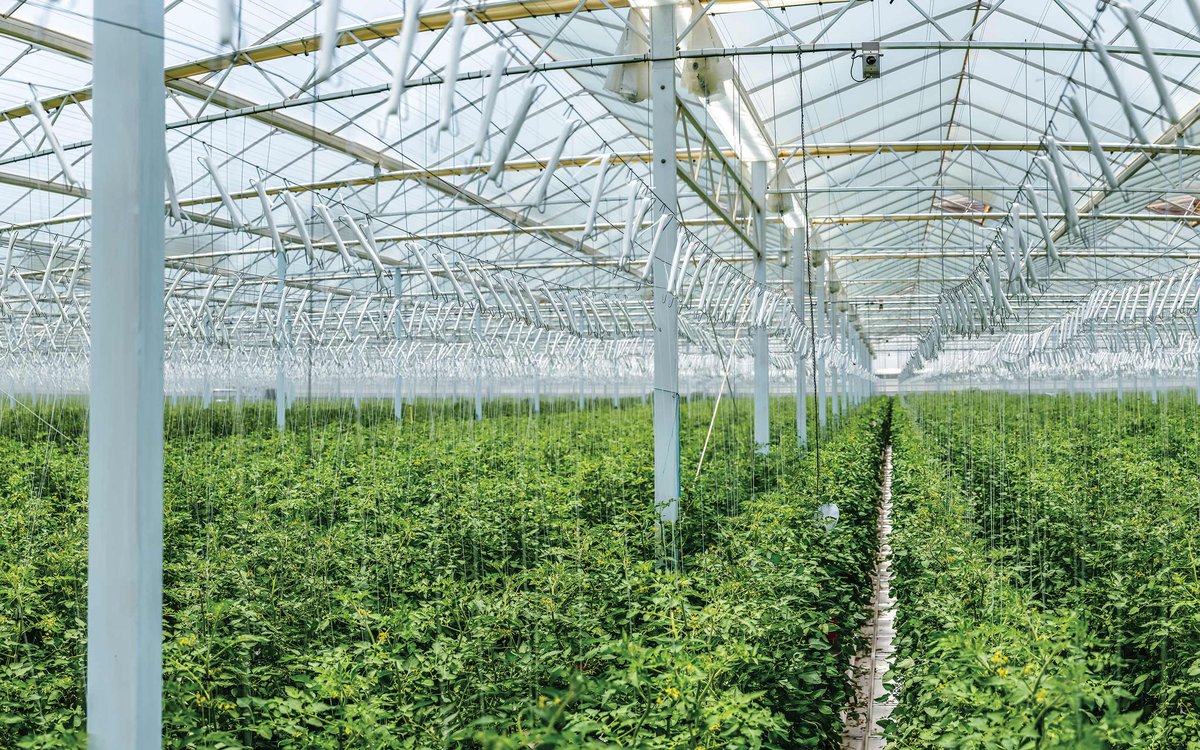
What kind of pest control measures do you use in the greenhouses?
Jan: We have specific biological controls in place. For example, we introduce beneficial insects known as macrolophus. These insects are like an army that protects our tomatoes from harmful insects, such as whiteflies, by eating them.
There are also many bumblebees inside the greenhouse. What purpose do they serve?
Jan: We introduced bumblebees into this controlled environment as they are experts at pollinating flowers.
How long does it take from the time a seed is planted until its fruit can be harvested?
Jan: It takes four to five weeks from the time a seed is sown till the seedling is ready to be planted in the greenhouse. From that point it takes around eight to nine weeks for it to bear fruit (tomatoes). It will continue to produce tomatoes for another 40 weeks. In between, we plant young plants next to the old ones, so that we have a continuous cycle of production.
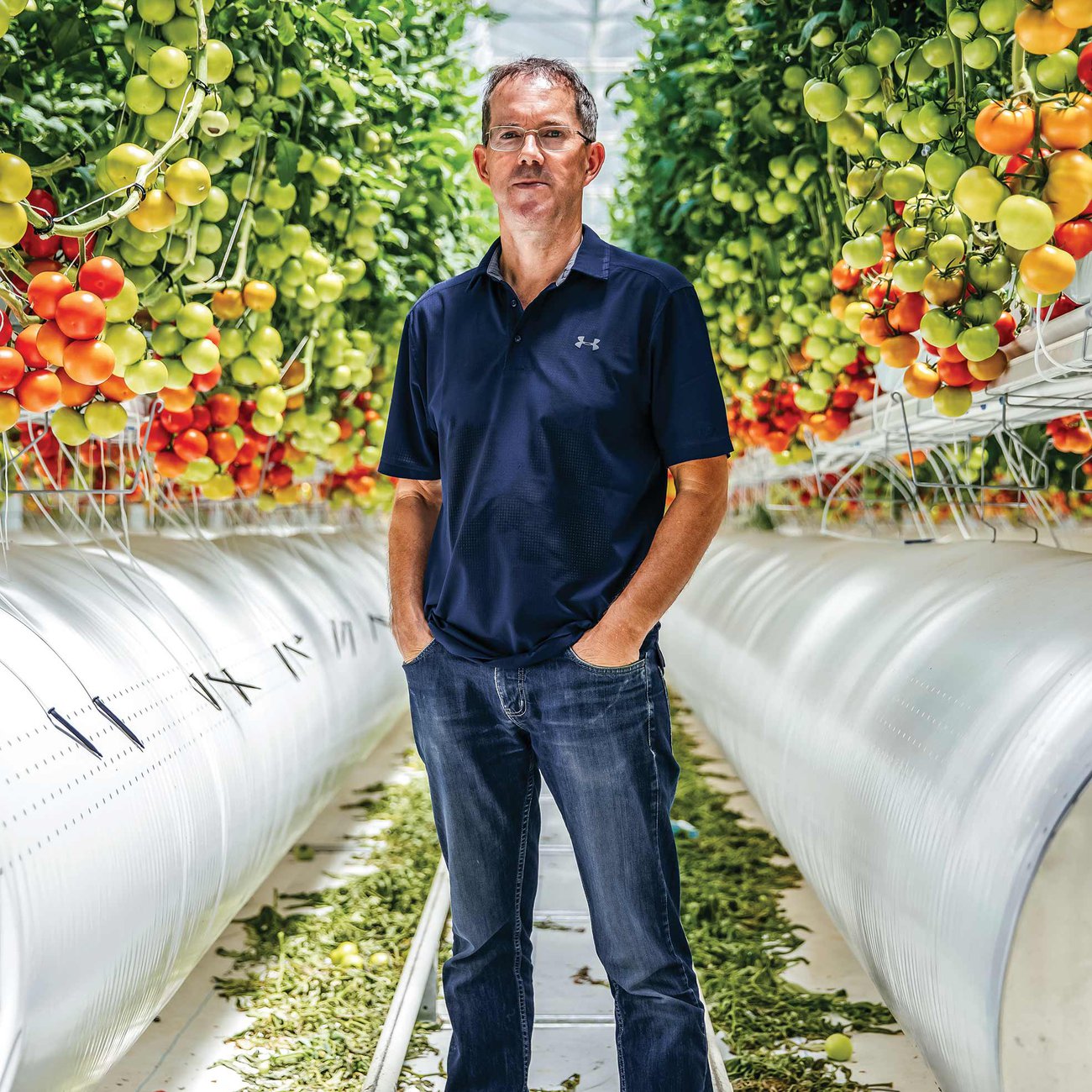
Jan Prins.
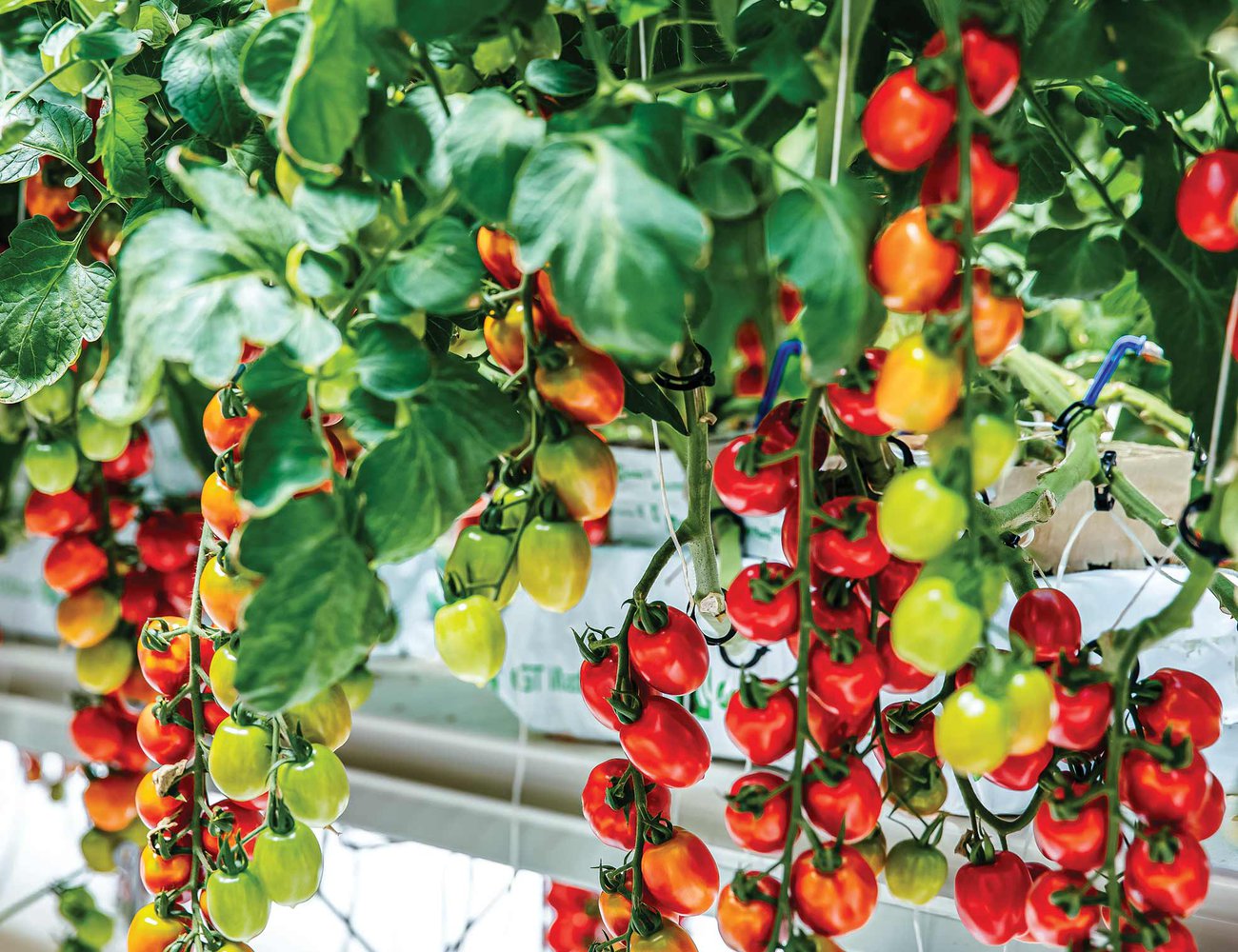
Strawberry-shaped Strabena tomatoes.
How many varieties of tomatoes does Pure Harvest grow?
Jan: A lot! There are around 35 varieties. We grow Candy tomatoes that have a high sugar level. Our purple Yoom tomatoes are high in lycopene, which is a powerful antioxidant. The cocktail tomatoes are somewhere between a candy tomato and a generic big-sized tomato in terms of sweetness. We also grow Strabena, which is a strawberry-shaped cherry tomato that is very crunchy. Our cherry tomatoes on the vine are the best variety in the world.
We have exclusive rights to grow this tomato in the Middle East. It has a high brix level and a sweet, crunchy bite. Plum tomatoes are another variety that do very well. Then there are the yellow, pink and orange bunch tomatoes which aren’t as sweet as candy tomatoes but have a reasonably good sugar level because of the ample sunshine available in this region. Lastly, there are 11 types of heirloom tomatoes, which are the kind of tomatoes that our grandparents would have grown. They come in different shapes and sizes and have a beautiful natural taste.
Will all these varieties be available throughout the year?
Jan: The beauty of our system is that we can produce all year round. Our first harvest was in October 2018 and we’ve been able to harvest tomatoes every week since then.
What are Pure Harvests’ future plans?
Jan: Pure Harvest is an ambitious company. We are currently building a big facility in Saudi Arabia. Our facility in Al Ain will continue to expand. We will also continue to grow other crops besides tomatoes and leafy greens. We are expecting our first strawberry crop in September.
For more information, please visit pureharvest.ae
